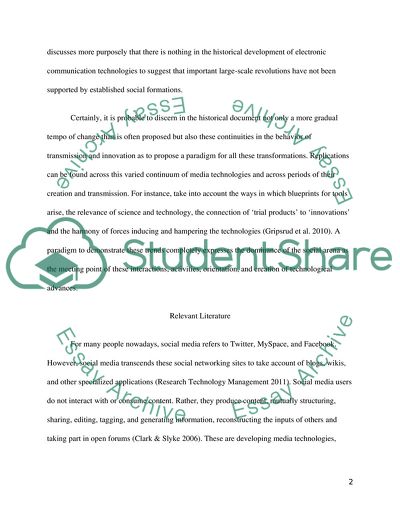Cite this document
(What Isn't New About Social Networking Research Proposal Example | Topics and Well Written Essays - 1250 words, n.d.)
What Isn't New About Social Networking Research Proposal Example | Topics and Well Written Essays - 1250 words. https://studentshare.org/media/1756311-what-isnt-new-about-social-networking
What Isn't New About Social Networking Research Proposal Example | Topics and Well Written Essays - 1250 words. https://studentshare.org/media/1756311-what-isnt-new-about-social-networking
(What Isn'T New About Social Networking Research Proposal Example | Topics and Well Written Essays - 1250 Words)
What Isn'T New About Social Networking Research Proposal Example | Topics and Well Written Essays - 1250 Words. https://studentshare.org/media/1756311-what-isnt-new-about-social-networking.
What Isn'T New About Social Networking Research Proposal Example | Topics and Well Written Essays - 1250 Words. https://studentshare.org/media/1756311-what-isnt-new-about-social-networking.
“What Isn'T New About Social Networking Research Proposal Example | Topics and Well Written Essays - 1250 Words”. https://studentshare.org/media/1756311-what-isnt-new-about-social-networking.


